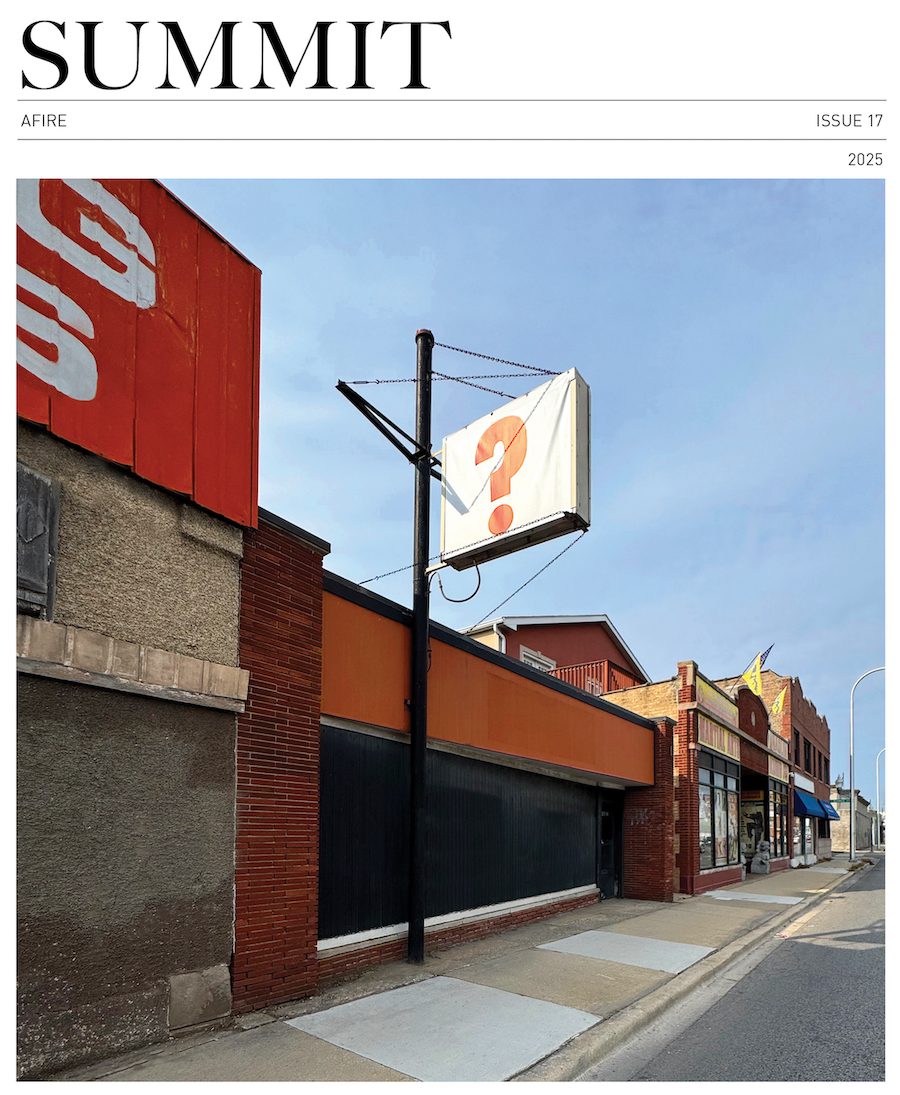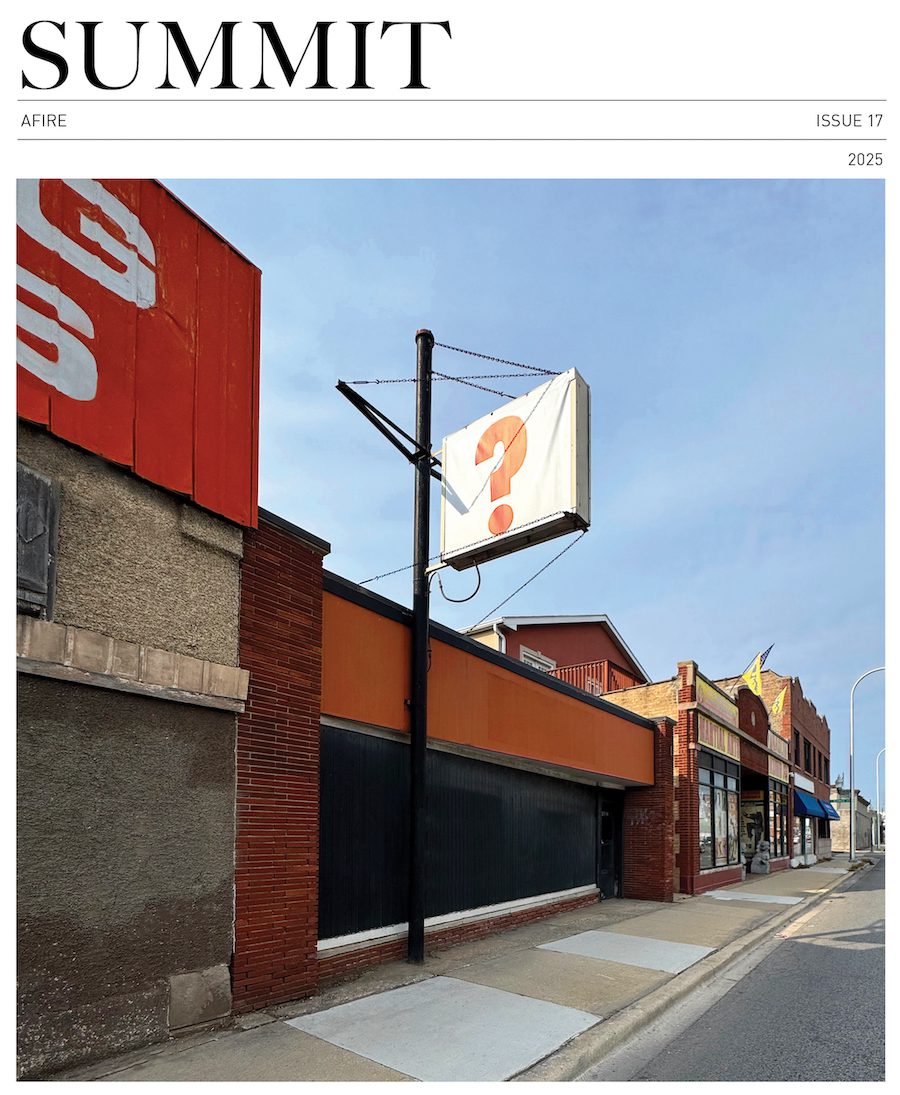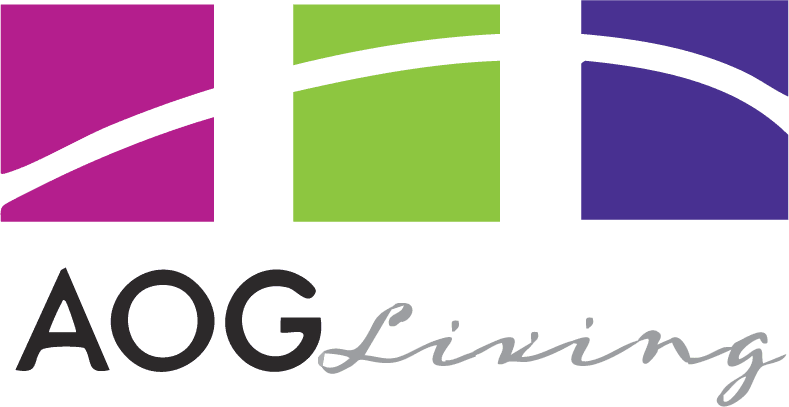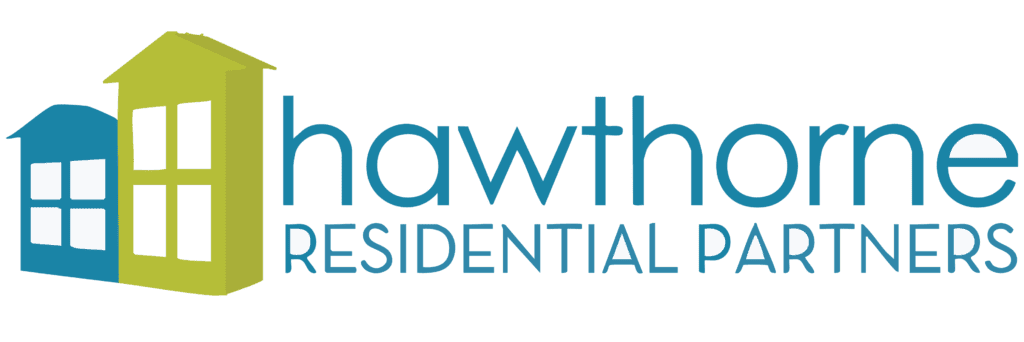WELCOME TO ISSUE #17

On paper, data around market performance, interest rates, consumer preferences, and so forth seem to be telling a particular story: sober, sensible, and simple.
But at street level—especially in the built environment—a different book is already being written.
In a recent “Bubble Trouble” podcast, hosted by Will Page (ex-Chief Economist for Spotify) and Richard Kramer (an independent analyst) and released at the end of this past January, they invited well-known urban economist Dror Poleg to the program for an extended conversation about the growing disconnect between “our economy and the world we build around it.”
While many in our industry have documented this paradox (at least in an academic sense), the rapid disruption and evolution of “live-work-play” preferences and policies affected by the pandemic have further crystallized in the past few months.
Especially in the face of an increasingly dominant political and cultural reality: the body of the world has changed, and now the mind is playing catch-up.
In the conversation with Page and Kramer, Poleg says—in this same figurative sense—that “our assumptions about work and success and productivity, and the institutions that we built to educate our kids” are part of what has become out of step with (or a step ahead of) the way we once built and financed our cities and communities.
Listeners of the AFIRE Podcast—which in 2024 released its 150th episode—may already be familiar with Poleg’s core thesis on this point. He was a guest in our 2021.39 episode asking essentially the same question: as the world emerged from the pandemic into the new normal, what are the key lessons of novelty and economic evolution the real estate ecosystem should understand today to better plan for tomorrow?
This was an existential question for commercial real estate in 2021, and even more pertinent now. But its critical importance is still easily occluded.
Amidst our increasingly cacophonous information ecosystem, which now seems to be one of the many new realities of the world’s shifting social and technological order, it can be tempting to fetishize symptoms over sources. Or—to continue with the analogy of the body—it’s easier to identify the illness than it is to understand the cause.
This seventeenth issue of Summit underscores this complication between identifying the vagaries of the present—a very important and necessary function of our industry analysts, researchers, and advisors—and confronting the certainties of the future: the way the world lives, works, and plays has changed, and continues to change, faster than the built environment.
Not the tortoise and the hare, but the cheetah and the rock.
In this issue, we have both. Explorations of interest rate uncertainties, tax strategies, deal activities, valuations, migratory and climate patterns, and consumer habits still hold meaning, but with growing caveats—and without the naïve optimism of blind futurism. Real estate is real, and its next story will start at street level.
– Benjamin van Loon, CAE, Editor-in-Chief, Summit Journal
TABLE OF CONTENTS
NOTE FROM THE EDITOR: ISSUE #17
Benjamin van Loon, CAE | AFIRE
WHERE ARE WE IN THE CYCLE?: OVERVIEW OF THE US ECONOMY AND REAL ESTATE SECTOR
Richard Barkham + Jacob Cottrell | CBRE
COMPELLING OPPORTUNITIES: MAKING A CASE FOR US REAL ESTATE
Karen Martinus + Mark Fitzgerald + Max von Below | Affinius Capital
OPEN WINDOW: WHY NOW IS THE TIME TO INVEST IN COMMERCIAL REAL ESTATE
Chad Tredway + Josh Myerberg + Luigi Cerreta | JPMAM
NORMALIZING MOVEMENT: POPULATION MOVEMENTS NORMALIZING AFTER COVID-19 SHOCK
Martha Peyton + Matthew Soffair | LGIM America
CHRONIC SHORTAGE: THE US HOUSING SCARCITY WILL BE LIKELY TO PERSIST FOR SEVERAL YEARS
Gleb Nechayev | Berkshire Residential Investments
FLORIDA FOCUS: PRODUCTION INDEX BELOW 50 CURIOUSLY SIGNALS OPPORTUNITY
Rafael Aregger | Empira Group
WHOLESALE CHANGE: DEMOGRAPHIC CHANGES AND STAGNANT INVENTORY CREATE NEW OPPORTUNITIES FOR RETAIL
Stewart Rubin + Dakota Firenze | New York Life Real Estate Investors
GAME CHANGE: INFRASTRUCTURE GROWTH ACCELERATING WITH AI
Jon Treitel | CBRE Investment Management
FOR THE TREES: MASS TIMBER INTEGRATION IN INDUSTRIAL REAL ESTATE
Mary Ellen Aronow + Erin Patterson + Caroline Suarez + Cassidy Toth | Manulife Investment Management
BORDER INDUSTRIAL: INVESTING IN US/MEXICO BORDER PORT INDUSTRIAL MARKETS
Dags Chen, CFA + Lincoln Janes, CFA | Barings Real Estate
RESILIENCE AMIDST UNCERTAINTY: HOW ISRAELI AND UKRAINIAN INVESTORS ARE ADAPTING REAL ESTATE STRATEGIES DURING CONFLICT
Asaf Rosenheim | Profimex
CYBER RISK VIGILANCE: HOW REAL ESTATE DIRECTORS AND BOARDS CAN GUARD AGAINST CYBER RISK
Marie-Noëlle Brisson, FRICS, MAI + Michael Savoie, PhD | CyberReady, LLC
ALTERNATE REALTY: DIGITAL RIGHTS MANAGEMENT FOR REAL ESTATE AND AUGMENTED REALITY
Neil Mandt | Digital Rights Management + Steve Weikal | MIT Center for Real Estate
DRIVING FORCE: UNDERSTANDING SYNDICATED LOANS AND MULTI-TIERED FINANCING
Gary A. Goodman + Gregory Fennell + Jon E. Linder | Dentons
HOUSING COMPLEX: CUTTING-EDGE APARTMENTS ARE A CATALYST FOR A MORE PROFITABLE FUTURE
Alejandro Dabdoub | AOG Living
NEW: SUMMIT #17

+ EDITOR’S NOTE
+ ALL ARTICLES
+ PAST ISSUES
+ LEADERSHIP
+ POLICIES
+ GUIDELINES
+ MEDIA KIT
+ CONTACT
THIS ISSUE OF SUMMIT JOURNAL IS GENEROUSLY SPONSORED BY
/ EXECUTIVE SPONSOR

AOG Living is a leading fully integrated, multifamily real estate investment, construction, and property management firm headquartered in Houston, Texas. AOG Living has acquired, built, or developed more than 20,000 multifamily units with a total aggregate value of over $2.4 billion and has a growing portfolio of more than 35,000 apartment homes and 170+ properties under management throughout the nation. Learn more at aogliving.com.
Vertically integrated owner, operator, and developer of Sunbelt multifamily. Partnering with institutions on a single-asset and programmatic basis. 28k+ units acquired and developed. 62k+ units under management. 1,500+ associates. 8 Sunbelt states. To learn more, visit hrpinvestments.com and hrpliving.com. And for more information, contact john.duckett@hrpliving.com.
Affinius Capital is an integrated institutional real estate investment firm focused on value-creation and income generation. With a 40-year track record and $64 billion in gross assets under management, Affinius has a diversified portfolio across North America and Europe providing both equity and credit to its trusted partners and on behalf of its institutional clients globally. To learn more, visit affiniuscapital.com.



